Study published in Water presents a potential alternative to traditional water-quality sampling methods
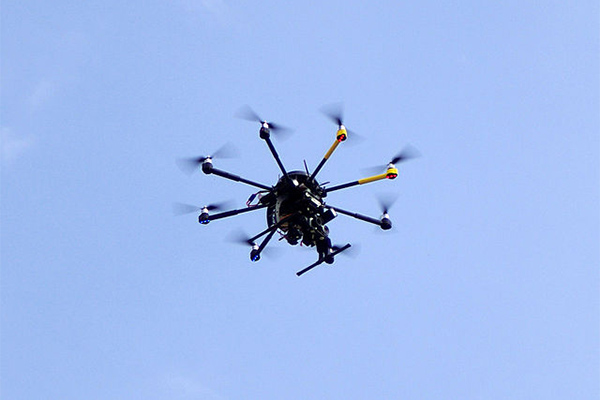
Researchers at Zhongkai University have developed and tested a UAV-mounted water quality sampling and multi-parameter monitoring system. They have demonstrated that the system could meet the requirements of water quality sampling and monitoring processes, having superior mobility and safety and a lower cost of operation than existing water quality monitoring methods.
Those are the conclusions of a study from Zhongkai University of Agriculture and Engineering (Guangzhou, China) published in the June 2023 issue of Water.
Monitoring and analyzing water quality parameters for water resources can provide an important scientific basis and decision support for water resource management, environmental protection, water pollution prevention and aquaculture operations. By regularly monitoring water quality parameters, abnormal conditions can be promptly detected and corresponding measures can be implemented.
The system developed consists of a multi-rotor UAV, water sampling and multi-parameter detection device and path-planning algorithm. The water sampling device includes a rotating drum, a direct current (DC) reduction motor, a water suction hose, a high-pressure isolation pump, sampling bottles and a microcontroller.
The system is equipped with five sampling bottles, each capable of holding 300 mL of samples, which facilities the collection process of multiple samples in a single flight, and reduces the time required for sample collection. The multi-parameter detection device consisted of sensors for potential of hydrogen (pH), turbidity, total dissolved solids (TDS) and a microcontroller.
The flight path of the UAV was optimized using algorithms developed for obstacle avoidance and to improve sampling efficiency. The UAV’s payload capacity is 10 kg, and it has a maximum flight time of 18 minutes when fully loaded. The system performs both manual and automatic control of the UAV to reach sampling locations, activates the water sampling device upon reaching the target location and entering hover mode, and collects samples and monitors parameters of the target water area. The measured data are wirelessly transmitted to the upper computer for further analysis.
Field experiments were conducted at an aquaculture fish farm, and the device achieved real-time monitoring of three water quality parameters (pH, TDS, turbidity) at depths of 1 and 2 meters. A rapid analysis of three parameters (ammonia nitrogen, nitrite and dissolved oxygen) was performed in the laboratory on the collected water samples and validated the feasibility of this study.
UAVs have flexible and highly maneuverable flight platforms and offer greater flexibility and maneuverability compared to unmanned boats; this allows them to monitoring water bodies while avoiding interference from water currents, rocks and other obstacles. UAV technology can also be combined with remote sensing techniques, such as thermal infrared sensors and multispectral sensors to obtain water-related data.
Remote sensing techniques primarily focus on specific water quality parameters such as water surface temperature, chlorophyll concentration, turbidity and others. However, for certain pollutants or trace elements, it may not be possible to directly obtain accurate concentration values through remote sensing data.
By equipping UAVs with water quality sampling and monitoring devices, real-time on-site measurement of water quality parameters can be achieved. And for parameters that cannot be directly measured, water samples can be collected and further analyzed in the laboratory to better understand the spatial distribution and variations in water quality parameters.
“Future research efforts will focus on optimizing the water quality sampling and multi-parameter monitoring system, including accelerating sampling speed, increasing the number of collection bottles, and deploying more water quality parameter detection probes,” the study authors wrote.
Follow the Advocate on Twitter @GSA_Advocate
Now that you've reached the end of the article ...
… please consider supporting GSA’s mission to advance responsible seafood practices through education, advocacy and third-party assurances. The Advocate aims to document the evolution of responsible seafood practices and share the expansive knowledge of our vast network of contributors.
By becoming a Global Seafood Alliance member, you’re ensuring that all of the pre-competitive work we do through member benefits, resources and events can continue. Individual membership costs just $50 a year.
Not a GSA member? Join us.
Author
Tagged With
Related Posts
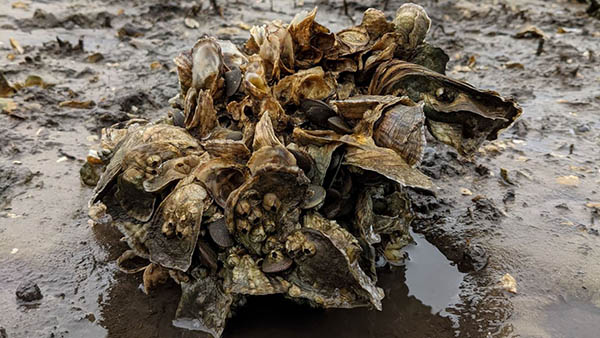
Innovation & Investment
Can drones detect early signs of oyster reef deterioration?
New research shows that the digital elevation map produced by drones can accurately determine the condition of an oyster reef.
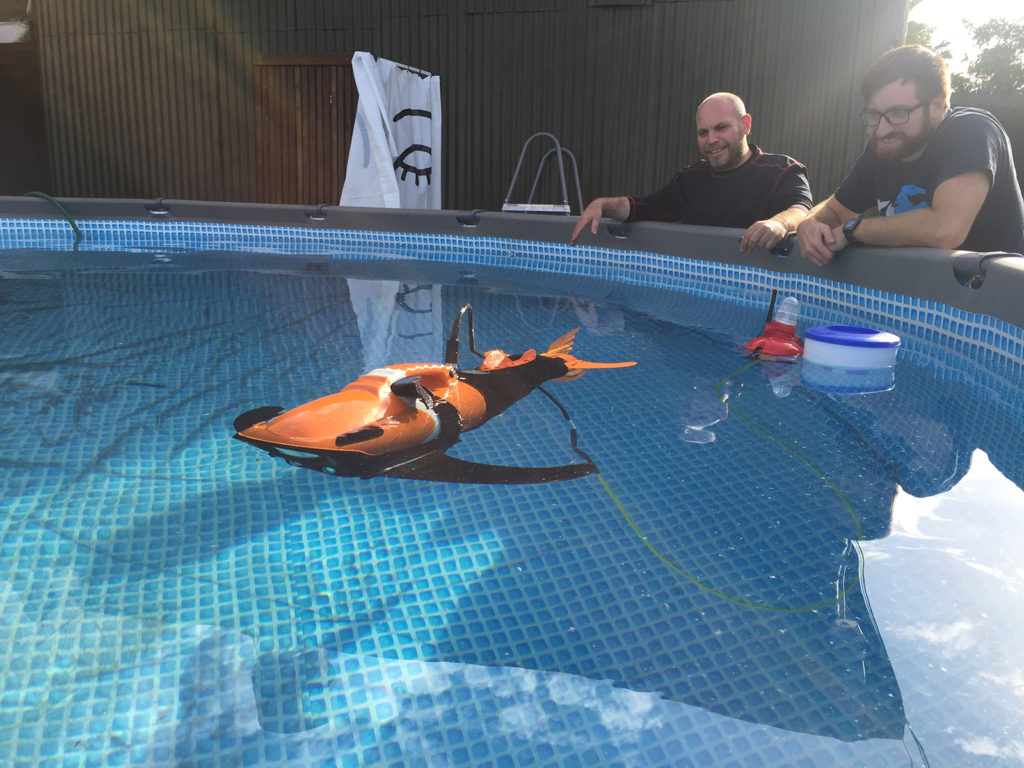
Innovation & Investment
Fish farmers turn to drones for health, feed monitoring
Two technology startups are offering unique fish-monitoring solutions for aquaculture producers. Using algorithms, drones and computer vision software, Aquaai and Aquabyte aim to take labor-intensive and error-prone tasks out of human hands.
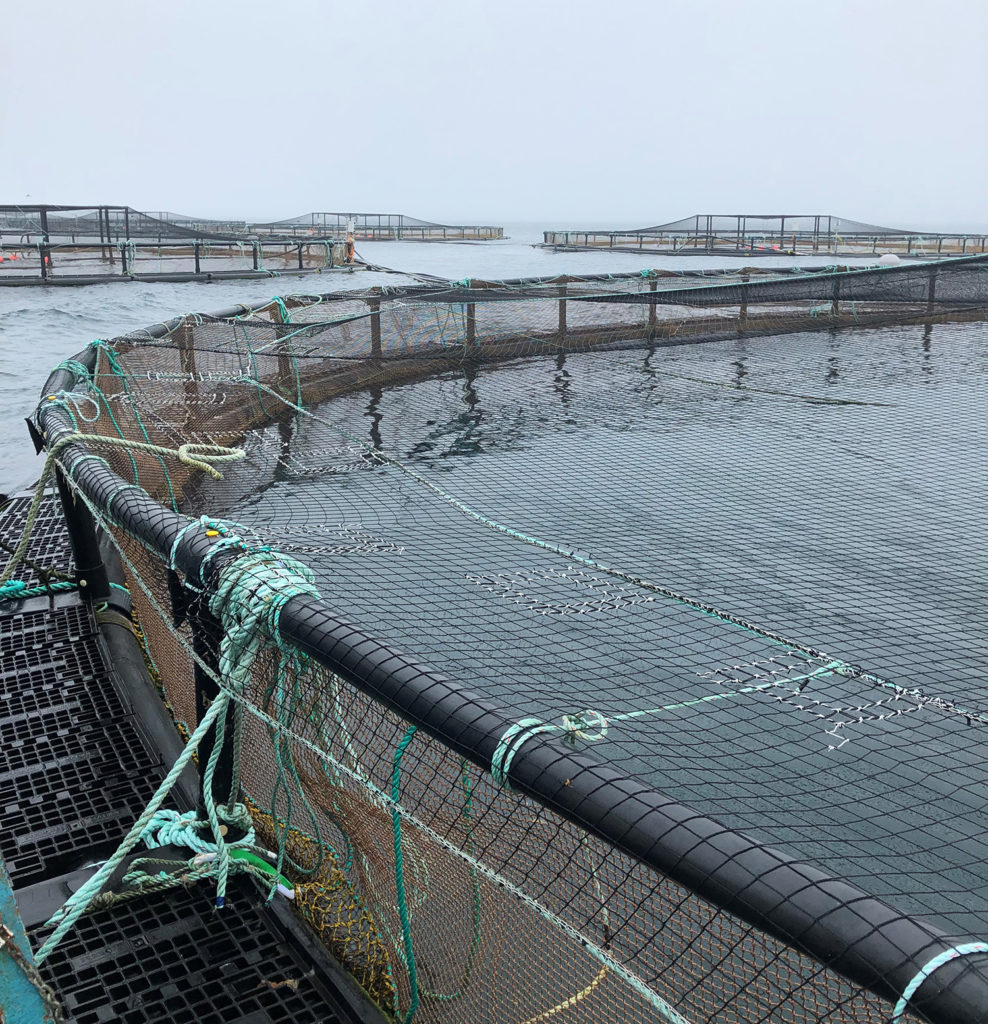
Innovation & Investment
Net gains in aquaculture net technology
The aquaculture industry is paying greater attention to net technology, in terms of materials and maintenance, because of its impact on the bottom line.
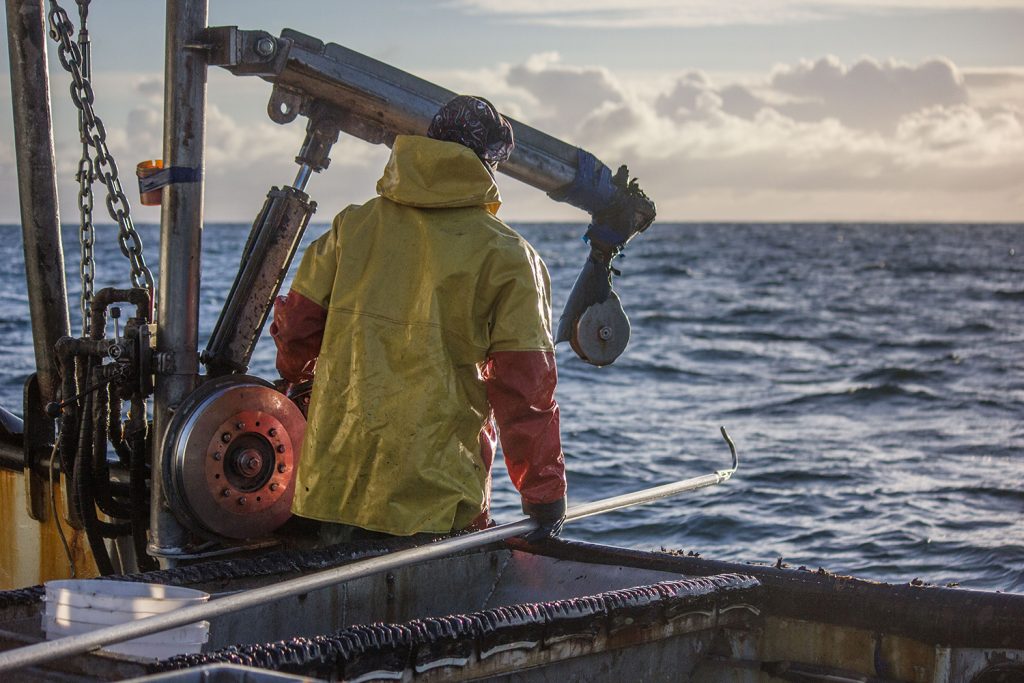
Fisheries
Artificial intelligence is already helping improve fisheries, but the trick is in training the tech
Artificial intelligence is providing valuable data to fisheries, cutting costs and the need for human review. Can the technology be perfected?



